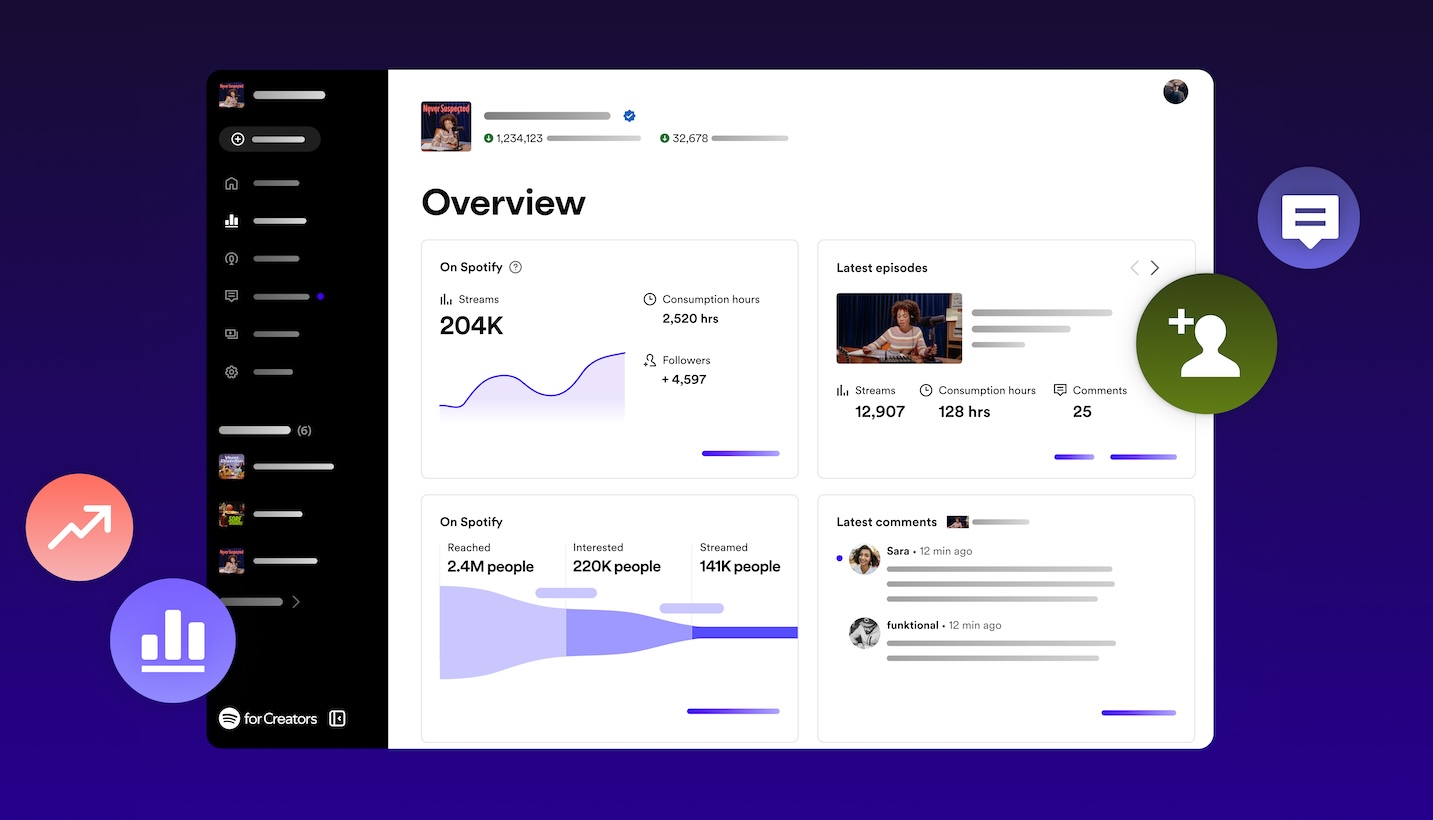AgentOps helps developers see inside their AI agents by logging every prompt, action, and cost. This review explains how it works, its features, setup, and why it’s becoming the go-to debugging tool for AI developers.
The Pros and Cons of Video Podcasting: Is It Right for You?

Video podcasting is taking the content creation world by storm. It offers a unique blend of visual and audio storytelling, appealing to diverse audiences. But is it the right choice for your brand? In this blog, we take a deep dive into the key benefits and challenges of video podcasting to help you make an informed decision.
1. Engagement: A Deeper Connection or a Potential Distraction?
Pro: Enhanced Audience Engagement
Video podcasting provides a rich, multidimensional experience. The combination of facial expressions, visual cues, and audio makes the content feel more personal, helping to establish a stronger bond with your audience.
For example, successful shows like The Joe Rogan Experience demonstrate how video can transform a simple conversation into a compelling, visual experience.
Con: Potential for Distraction
While visuals enhance engagement, they can sometimes detract from your message. If your visuals don’t align with the narrative, or if they overwhelm the viewer, the audience might lose focus.
Creators may also feel additional pressure to "perform" on camera, which could lead to a loss of authenticity.
2. Discoverability: SEO Benefits or Overcrowded Platforms?

Pro: Improved SEO and Search Rankings
Video content ranks higher in search engine results. Platforms like YouTube offer advanced discoverability features such as metadata, keywords, and captions to enhance your content’s visibility. Leveraging these tools can help your video podcast reach a broader audience.
Con: Oversaturation of Platforms
Platforms like YouTube are becoming increasingly competitive. Without a strong strategy or niche, your podcast might get lost among millions of others vying for attention.
3. Production Costs: Investment or Barrier?

Pro: Higher Monetization Potential
Video podcasts open doors to additional revenue streams, including ad revenue, sponsorships, and subscription-based content. Visual elements often command a higher price from sponsors, offering better monetization opportunities.
Con: Expensive Equipment and Software
High-quality cameras, lighting, and editing software are essential for professional video podcasts. The initial investment can be daunting, especially for small creators.
4. Visual Content: A Storytelling Edge or Extra Workload?

Pro: Dynamic Storytelling
Video podcasts enable creators to use visuals such as graphs, slides, or live demos, making the content more engaging and educational.
Con: Time-Intensive Editing
Adding visuals and transitions to video podcasts demands significantly more time and expertise compared to audio-only content.
5. Flexibility: Creative Freedom or Complexity?
Pro: Endless Creative Possibilities
Video podcasting lets creators explore unique formats, such as live Q&As, animated episodes, or interactive visuals, offering unparalleled creative freedom.
Con: Increased Complexity
More creative options often mean more complexity. Balancing creativity with consistent quality can be challenging.
6. Analytics: Deeper Insights or Overwhelming Data?

Pro: Data-Driven Optimization
Platforms like YouTube Studio and Spotify for Podcasters provide analytics to refine content based on real engagement metrics.
Con: Information Overload
Beginners can find detailed analytics overwhelming, with too many metrics leading to confusion or wasted effort on less meaningful improvements.
7. Branding: Stronger Identity or Greater Responsibility?
Pro: Stronger Brand Identity
Consistent visuals and branding elements make your video podcast instantly recognizable and more professional, building audience trust.
Con: More Responsibility
Maintaining consistent branding across platforms is time-consuming and requires extra resources to ensure high-quality output.
8. Collaboration: Opportunities or Scheduling Issues?

Pro: Expanding Your Network
Collaborating with industry experts or influencers can increase your podcast's reach and add valuable insights for your audience.
Con: Scheduling Conflicts
Coordinating schedules for interviews and guest appearances can be complex, especially for remote sessions.
9. Adaptability: Multi-Platform Content or Fragmented Focus?
Pro: Multi-Platform Adaptability
Repurpose your video podcasts as clips for TikTok or Instagram and host full episodes on YouTube or Spotify for broader reach.
Con: Fragmented Strategy
Adapting content for multiple platforms can spread creators thin, leading to inconsistent quality or messaging.
10. Audience Connection: Personal Interaction or Divided Attention?
Pro: Building Loyal Communities
Live streams and Q&A sessions in video podcasts enhance personal interaction, helping creators build loyal audience communities.
Con: Divided Viewer Attention
Video demands focused attention, making it less convenient for multitasking audiences who may prefer audio-only formats.
11. Conclusion
Video podcasting provides exciting opportunities to engage audiences, build brand identity, and monetize content. However, it requires significant resources, time, and strategic planning to succeed. Carefully weigh the pros and cons to determine if it fits your goals.
Ready to start? Platforms like YouTube and Spotify for Podcasters are great places to dive in!

